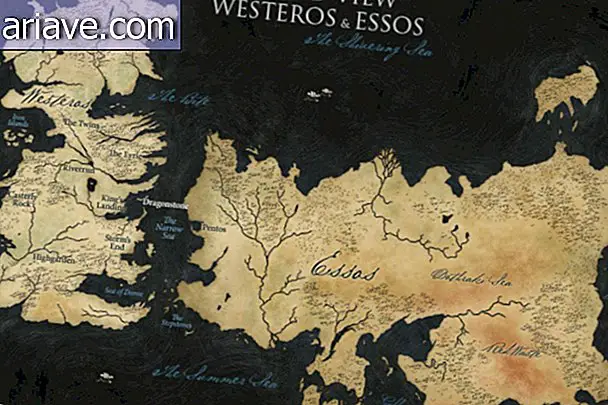Meet the Sohei, Japanese Warrior Monks
State and religion are officially separate institutions in most countries of the world, but recently the situation was quite different. Religious not only influenced decisions made by leaders, they were also part of the government, with representatives in positions of power.
Japan was no exception; Even with a culture of unique characteristics, there was a period when religious were very present in politics. Just as the Catholic Church organized the Crusades, making various forays into the Holy Land and giving rise to the Knights Templar, Buddhism was also the origin of the Sohei, the warrior monks.
Samurais only in appearance
When we think of Buddhism, we imagine monks meditating in search of the path of light and raising their spirits to achieve higher peace, just the opposite of what the Sohei represented to Japan.

They still had their religiosity, but its spread did not consider the part that talks about peace. In Japanese, its name means "warrior monk, " and the group emerged during the Middle Ages, when different Buddhist sects began to clash.
Their political strength was great, for beyond their competence during battle they had the spiritual influence that intimidated their enemies. The size of this impact can be seen from the 12th century Emperor Go Shirakawa-In's record: “There are three things beyond my control: the Kamo River rapids, in-game dice, and the mountain monks.” .
Their costumes were similar to those worn by samurai, but generally the color of the accessories was white or salmon. Other striking features that made identification easy and quick were the shaved head, the use of a wooden rosary and a white hood, leaving only his eyes exposed. Some wore helmets, but they were a minority.

Although they had skills with a huge variety of weapons, such as katanas, daggers and even bows, their favorite apparatus was called naginata. The staff, with a blade at its tip, was handled with extreme dexterity, which was another feature of these mighty warriors.
Part of the power of the Sohei was in their spirituality, so they always carried a mikoshi, minisanctuary with them. Only the presence of the object made some enemies feel intimidated, to the point of avoiding any violence in front of such a sacred item.
No central control
Unlike the European Knights Templar, the Sohei were faithful to their temples, and their conflicts were almost always political in origin. During a battle, having a warrior monk by your side could mean victory, so they were hated by many samurai leaders. They were called akuso (evil monks) by some of them, while others were afraid and gave in to their wills for support.
Oda Nobunaga was one of the leading leaders in Japanese history, responsible for much of the country's unification process. During the conflicts that culminated in the dominance of almost the entire island, their main enemies, the Asai and Asakura families, allied themselves with the Sohei.

This made the battles much more complicated, but after some successful campaigns it completely destroyed the temple on Mt. Hiei in 1571. The attack was brutal and spared no men, women and children - more than 20, 000 people were killed.

Nobunaga's triumph meant the end of the warrior monks because, knowing their power, he ordered all independent Sohei centers to be brought down.
***
Do you know the Mega Curioso newsletter? Weekly, we produce exclusive content for lovers of the biggest curiosities and bizarres of this big world! Register your email and do not miss this way to keep in touch!











